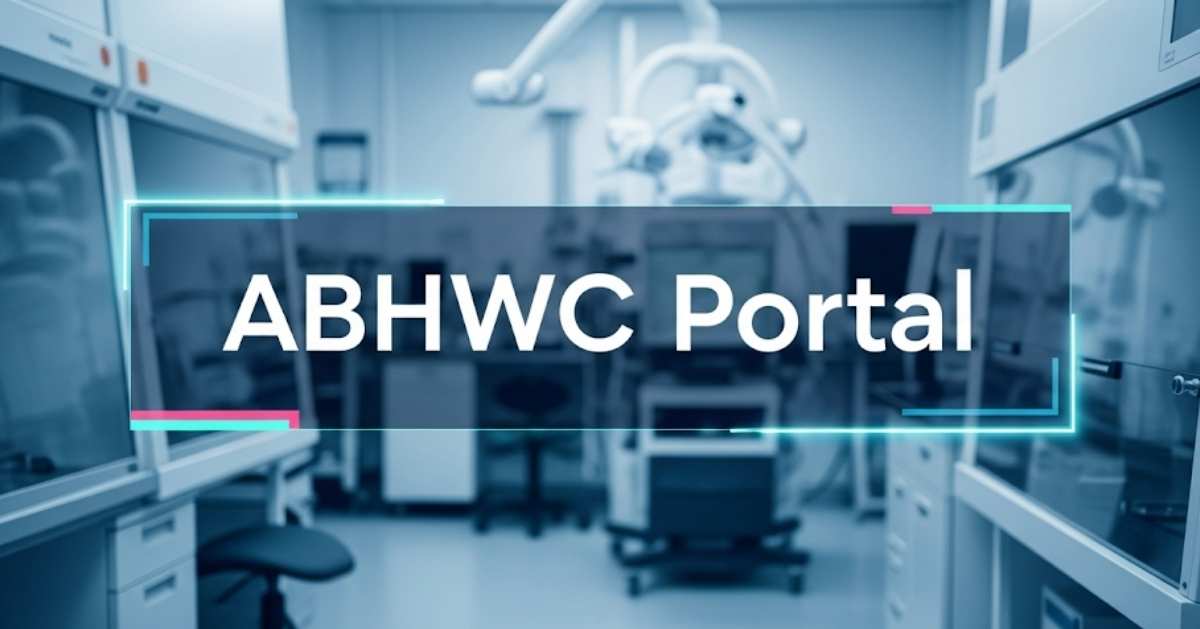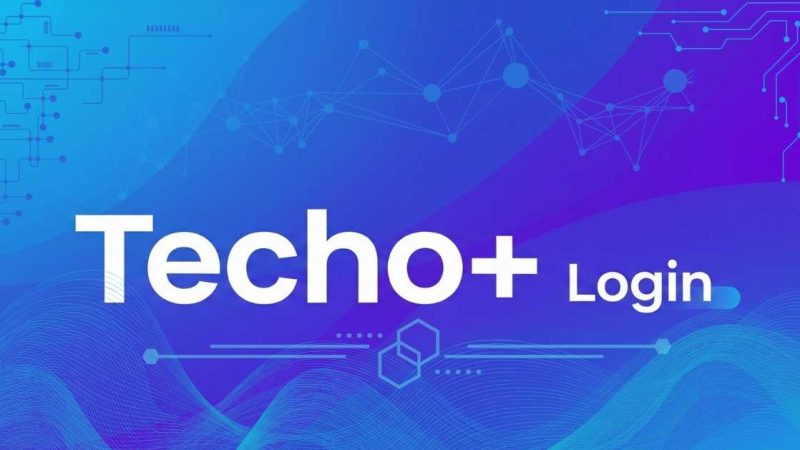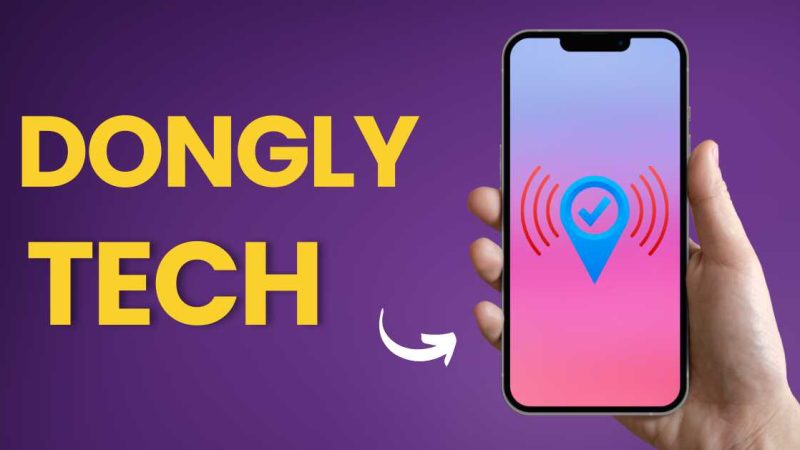ABHWC Portal: A Game Changer for India’s Health and Wellness Infrastructure

Introduction
The Ayushman Bharat Health and Wellness Centers (ABHWC) Portal is a revolutionary step towards strengthening India’s healthcare infrastructure. Designed as part of the Ayushman Bharat initiative, this digital platform aims to enhance accessibility, efficiency, and transparency in the healthcare sector. This blog post explores the features, benefits, registration process, and impact of the ABHWC portal, ensuring a comprehensive understanding of how it is reshaping primary healthcare in India.
What is the ABHWC Portal?
The ABHWC Portal (Ayushman Bharat Health and Wellness Centres Portal) is a centralized digital platform developed by the Government of India to streamline and support the functioning of Health and Wellness Centres (HWCs) established under the Ayushman Bharat scheme. Launched as a part of the National Health Mission (NHM), the portal plays a vital role in ensuring efficient planning, monitoring, and delivery of comprehensive primary healthcare services. These Health and Wellness Centres are envisioned to transform sub-health centres and primary health centres into hubs of holistic care. The ABHWC Portal enables real-time tracking of operational status, service delivery, human resource deployment, infrastructure readiness, and essential drug availability across HWCs nationwide. It also facilitates data reporting, performance dashboards, and supports evidence-based decision-making at various administrative levels.
Objectives of the ABHWC Portal
- Strengthening primary healthcare through digitization.
- Providing seamless access to patient records and healthcare services.
- Ensuring real-time data collection and analysis.
- Facilitating healthcare professionals in monitoring patient outcomes efficiently.
Key Features of the ABHWC Portal
1. Digital Health Records (DHR):
The ABHWC Portal enables the secure creation, storage, and management of electronic health records (EHRs) for patients visiting Health and Wellness Centres. Each patient is assigned a unique Health ID linked to their health profile, enabling seamless access to their medical history, prescriptions, lab results, and treatment plans. This not only enhances continuity of care but also reduces redundancy in diagnostics and prescriptions.
2. Telemedicine Services:
Through integrated teleconsultation services, the portal bridges the healthcare gap in rural and remote areas by connecting patients with qualified medical professionals in real-time. Patients at HWCs can consult with doctors at district or tertiary hospitals via video conferencing, reducing the need for physical travel and improving timely access to specialist care.
3. E-Learning and Capacity Building:
The ABHWC Portal includes comprehensive e-learning modules and training content aimed at capacity building for frontline health workers such as ANMs, ASHAs, and Community Health Officers (CHOs). Topics range from clinical guidelines and disease management to soft skills and digital literacy, ensuring ongoing professional development and skill enhancement.
4. Disease Surveillance and Public Health Monitoring:
The portal supports real-time disease surveillance by collecting and analyzing data on various communicable and non-communicable diseases. This facilitates early detection of disease outbreaks, trends in health issues, and timely public health responses. It also contributes to building a robust health information system for evidence-based planning and policy-making.
5. Integration with National Digital Health Ecosystem:
The ABHWC Portal is interoperable with major national health initiatives such as the Ayushman Bharat Digital Mission (ABDM) and National Health Digital Mission (NDHM). This integration allows for unified patient health data management, digital prescriptions, and seamless referrals across different levels of healthcare — from primary to tertiary facilities.
6. Infrastructure and HR Monitoring:
Administrators can track the availability of medical equipment, diagnostic tools, essential drugs, and the deployment status of healthcare personnel at each HWC. This ensures that services are being delivered as per the national standards and gaps can be addressed promptly.
7. Performance Dashboards and Reporting Tools:
The portal features interactive dashboards and data analytics tools that help stakeholders monitor performance indicators, service coverage, health outcomes, and operational benchmarks across states and districts. These reports help in making informed decisions and allocating resources more effectively.
8. Citizen-Centric Services:
The ABHWC Portal also supports community engagement by promoting awareness of services offered at HWCs and enabling feedback mechanisms for patients. This aligns with the goal of building a people-centered health system and enhancing accountability at the grassroots level.
How to Register on the ABHWC Portal?
Registration on the ABHWC Portal is a straightforward process, ensuring that healthcare providers and institutions can access its full range of services. Here’s a step-by-step guide:
Step 1: Visit the Official Website
Go to the official ABHWC portal via the National Health Mission website.
Step 2: Create an Account
Healthcare professionals and centers must sign up by providing basic details such as:
- Name of the institution or individual
- Contact details
- Designation (Doctor, Nurse, Health Worker, etc.)
- Registration number (if applicable)
Step 3: Upload Required Documents
To verify authenticity, users must upload necessary documents such as:
- Medical license or registration certificate
- Government-issued ID proof
- Address proof of the health center
Step 4: Verification and Approval
Once submitted, the details undergo verification. After successful verification, the account is activated, granting access to the portal’s features.
Benefits of the ABHWC Portal
The Ayushman Bharat Health and Wellness Centre (ABHWC) Portal is not just a technological upgrade—it’s a transformational step toward making India’s healthcare system more inclusive, accessible, and efficient. Here’s how this platform is reshaping healthcare delivery across the country:
1. Bringing Healthcare to Every Corner of India
One of the standout benefits of the ABHWC portal is its role in bridging the healthcare gap between urban centers and remote, underserved areas. By integrating telemedicine, mobile health units, and digital access, even the most rural communities can now consult with qualified doctors without needing to travel long distances. This makes timely medical advice and early diagnosis a reality for millions.
2. Smarter and Faster Patient Management
Gone are the days of carrying bundles of medical records to every doctor’s visit. With digitized health records stored securely on the portal, healthcare professionals can access a patient’s complete medical history in seconds. This not only reduces redundant paperwork and administrative burden but also enables personalized and accurate treatments—especially crucial in emergency situations.
3. Stronger Disease Surveillance for Public Safety
The ABHWC portal plays a vital role in tracking and managing health trends across regions. Through real-time data collection and monitoring, it enables healthcare authorities to quickly identify disease outbreaks and initiate preventive or corrective measures. This proactive approach strengthens public health response and preparedness, helping to contain potential epidemics early.
4. Integration with National Health Schemes
The portal seamlessly connects with flagship government health initiatives such as PM-JAY (Pradhan Mantri Jan Arogya Yojana) and Ayushman Bharat Digital Mission (ABDM). This interconnected system ensures that beneficiaries receive holistic care—from diagnosis to treatment—under a unified digital framework, avoiding duplication and delays in service delivery.
5. Continuous Learning for Healthcare Workers
To improve service quality on the ground, the portal includes interactive e-learning modules designed to train and upskill frontline healthcare workers. These modules cover essential topics like maternal care, disease control, digital tools, and patient engagement, allowing ASHA workers, ANMs, and CHOs to stay updated with the latest best practices. It empowers them to deliver confident, informed, and compassionate care.
6. Promoting Transparency and Responsible Governance
By moving to a digital system, the ABHWC portal helps reduce manual errors, fraudulent entries, and misuse of resources. Automated reporting systems, digital audits, and trackable patient data ensure greater transparency, accountability, and integrity in public healthcare. This builds trust between the system and the citizens it serves.
Together, these features of the ABHWC Portal are not only improving the way healthcare is delivered but are also laying the foundation for a healthier, more equitable India. Whether it’s a pregnant woman in a tribal village or an elderly patient managing chronic illness in a small town, the portal ensures no one is left behind in accessing quality healthcare.
ABHWC Portal and Telemedicine: A Game Changer
One of the biggest advantages of the ABHWC Portal is its integration with telemedicine services. This feature is particularly beneficial for patients in rural and underserved areas.
How Telemedicine Works on the ABHWC Portal
- Patients visit their nearest Health and Wellness Center (HWC).
- A healthcare worker logs into the ABHWC Portal and schedules a virtual consultation.
- The patient connects with a doctor remotely through video conferencing.
- Prescriptions and treatment plans are provided digitally.
Impact of Telemedicine on Healthcare
- Reduces travel time and expenses for patients.
- Improves doctor-to-patient ratio, addressing healthcare shortages.
- Enables specialists to provide expert advice remotely.
- Ensures continuity of care, especially for chronic disease patients.
Challenges and Future Prospects
While the ABHWC Portal offers immense benefits, it also faces certain challenges.
Challenges Faced by the ABHWC Portal
- Limited Digital Literacy: Many healthcare workers, especially in rural areas, are unfamiliar with digital platforms.
- Internet Connectivity Issues: Many remote areas still lack reliable internet access.
- Data Privacy Concerns: Ensuring the security of patient data is a critical concern.
- Integration with Other Health Programs: While efforts are underway, full integration is a work in progress.
Future Developments and Enhancements In ABHWC Portal
- Expansion of AI-based diagnostics to assist doctors in decision-making.
- Better internet penetration in rural areas to enhance accessibility.
- Stronger data security measures to protect patient privacy.
- More language support to cater to diverse linguistic groups across India.
Conclusion
The ABHWC Portal is a significant milestone in India’s healthcare transformation, bridging the gap between technology and primary healthcare services. With its focus on accessibility, efficiency, and integration, the portal is poised to revolutionize the healthcare ecosystem. As the government continues to enhance the platform and address challenges, the ABHWC Portal will play a pivotal role in achieving Universal Health Coverage (UHC) in India. The digital transformation of healthcare is no longer a distant dream but a reality, and the ABHWC Portal is at the forefront of this change. By leveraging technology, ensuring inclusivity, and enhancing transparency, India is paving the way for a robust and efficient healthcare system. If you haven’t explored yet, now is the time to do so! Visit the official website and be part of this healthcare revolution.
Frequently Asked Questions
1. What is the primary purpose of the ABHWC Portal?
The ABHWC (Ayushman Bharat Health and Wellness Centre) Portal is designed to digitize and streamline primary healthcare services across India. It improves accessibility, enhances patient management, supports disease surveillance, and integrates various national health schemes for better coordination and coverage.
2. How does the ABHWC Portal help people in rural or remote areas?
The portal supports telemedicine and mobile health services, allowing people in remote villages to consult doctors without traveling to distant hospitals. It ensures that basic and preventive healthcare reaches underserved populations through digital connectivity.
3. Can healthcare workers receive training through the portal?
Yes. The ABHWC Portal features e-learning modules that provide ongoing training for frontline healthcare workers such as ASHAs, ANMs, and CHOs. These modules help them stay updated on modern healthcare practices and deliver better care in their communities.
4. How does the portal improve transparency in the healthcare system?
By digitizing health records and automating reporting, the ABHWC Portal reduces chances of fraud, manual errors, and data manipulation. It promotes accountability and efficient resource utilization, ensuring that public health initiatives reach the right people at the right time.






